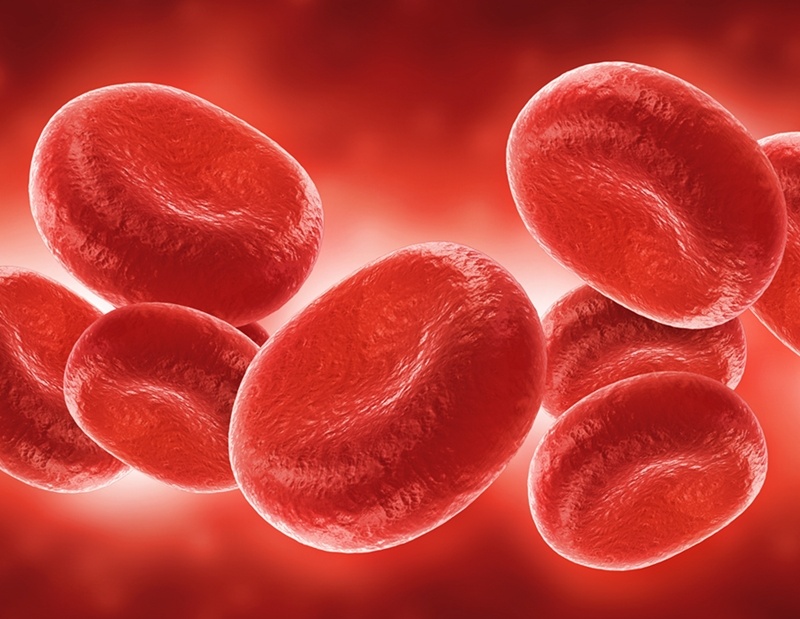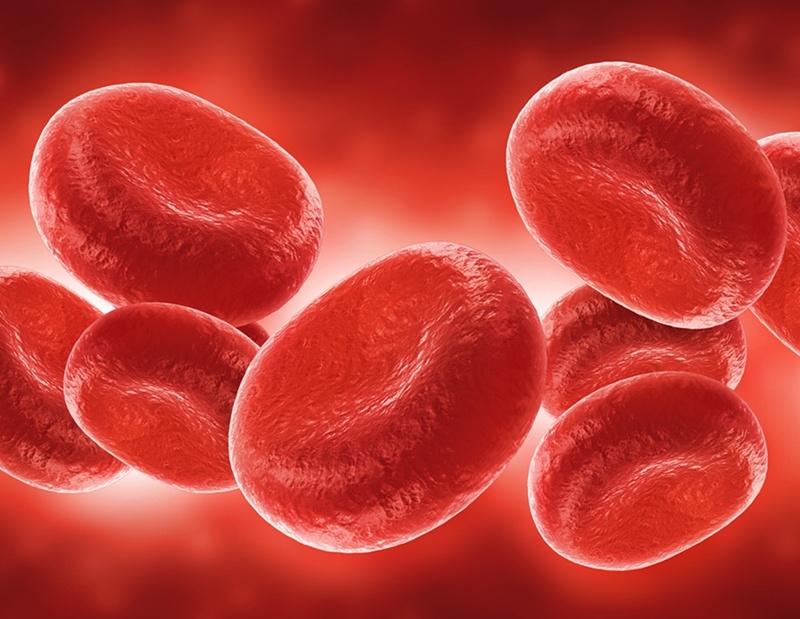
Doctors have been using allogeneic stem cell transplants to treat Thalassaemia Major for many years. Thalassaemia is a common blood disorder that reduces the production of haemoglobin — the iron-containing protein that carries oxygen to cells throughout the body.
Unfortunately, graft rejection is common after an allogeneic stem cell transplant. That’s because allogeneic transplants come from a third party, which is often the patient’s sibling or parent. Up to 30% of stem cell transplants result in graft rejection and the rate is even higher amongst patients over the age of 7.
Stem cell transplant graft rejection occurs when the patient’s body rejects the transplanted tissue. The symptoms of graft rejection include a general feeling of being unwell, declining performance in organ function, pain and swelling, and flu-like symptoms.
In most cases, a second stem cell transplant will be required if graft rejection occurs after the first one. The patient will be placed on stronger immunosuppressants, which carry some very serious side effects. Patients having a second stem cell transplant will have an increased risk of toxicity to these drugs, especially a form of hepatotoxicity called sinusoidal obstruction syndrome.
Researchers from the Christian Medical College and Hospital in India have tested a new treatment that reduces the risk of toxicity and improves outcomes for patients being treated for Thalassaemia Major.
They have found that a drug named teosulfan results in much lower toxicity levels than the drugs that are normally used for secondary transplants. The researchers came to this conclusion by studying a test group of 62 patients with Thalassaemia Major who had graft rejection. They found that patients receiving teosulfan had a survival rate of 80%> while patients on other regimes had a survival rate of 22.1% after 12 months.
These findings will greatly increase the success of stem cell transplants for treating Thalassaemia Major.
Source: Improving Clinical Outcomes For Second Hematopoietic Stem Cell Transplants For Thalassemia Major
{{cta(‘d59882b5-74e2-4033-be94-d4c340e1978c’)}}


